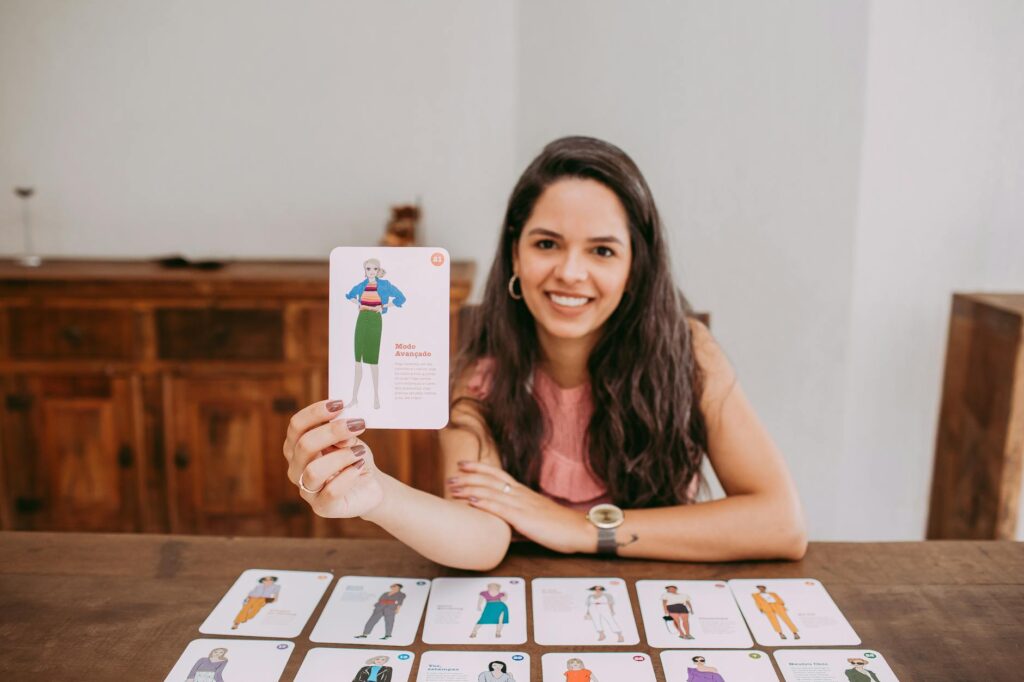We ran an experiment in our labs, tweaking the end screen and card strategy in our app. The results? A remarkable 30% boost in average session time! This blog post details our process, findings, and actionable insights you can apply to your own app.
Understanding the Current End Screen
Initially, our end screen was rather basic. It simply displayed a “Thanks for playing!” message, along with a few buttons for navigating to other parts of the app. We felt this lacked engagement and lacked a clear path for users to continue their sessions. 
Introducing the New End Screen Design
Our redesigned end screen focuses on continued engagement. We included a progress bar showing users how close they are to the next reward, a preview of upcoming content, and prominent buttons for starting a new session or revisiting popular features. This approach aims to nudge users toward continued play. [IMAGE_2_HERE]
The Role of Personalized Card Recommendations
We integrated a personalized card recommendation system. This system analyzes user behavior and presents tailored suggestions for the next activity. This is based on our research about personalized content recommendation strategies and we are quite happy with the result.
A/B Testing Methodology
We employed a rigorous A/B testing methodology, splitting our user base into two groups: a control group (using the old end screen) and an experimental group (using the new end screen and card recommendations). We monitored key metrics over two weeks, ensuring statistical significance.
Analyzing the Results: A 30% Increase!
The results were striking. The experimental group showed a 30% increase in average session time compared to the control group. This significant improvement highlights the effectiveness of our new end screen and personalized recommendations. You can read more about A/B testing methodologies in our dedicated guide here.
Key Takeaways & Actionable Insights
There are several key takeaways from this experiment. First, an engaging end screen is crucial. Secondly, personalized recommendations significantly increase user engagement. We observed that a simple change could boost session time with a strong impact in the overall user retention. Finally, invest in solid A/B testing procedures. For further reading on user retention, check out this insightful article here.
Future Improvements and Iterations
We plan to continue iterating on the end screen and recommendation system. We are exploring incorporating interactive elements and more sophisticated personalization algorithms. For example, we will explore integrating more gamification elements into future designs to encourage user activity.
Conclusion
Our experiment demonstrates the profound impact of a well-designed end screen and personalized card recommendations. By focusing on continued engagement and providing tailored content suggestions, we achieved a remarkable 30% increase in average session time. Apply these learnings to your app for similar results! [IMAGE_3_HERE]
Frequently Asked Questions
What metrics did you track besides session time? We also tracked user retention, click-through rates on recommendations, and the number of completed sessions.
How did you personalize the card recommendations? We used a combination of collaborative filtering and content-based filtering algorithms.
What platform was this experiment conducted on? This experiment was conducted across both iOS and Android platforms, and the results were consistent.
Can this be applied to all apps? While the specifics may vary, the core principles of engagement and personalization are applicable across a wide range of apps. However, different apps will require different design iterations, as highlighted in our guide on app design strategies.
Where can I find more information on user engagement? For more insights, please refer to our blog post on improving user engagement.